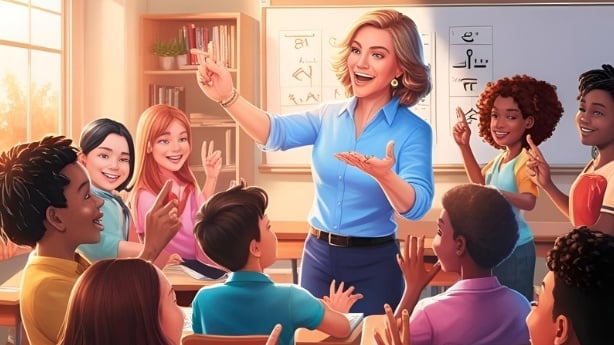Language of the Hands, Language of the Heart: Embracing Sign Language 🫶
4/28/2025
My daughter's US-American school offers the possibility for students to learn sign language, which for me is mind-blowing as this is such a crucial step into inclusion, equality, and equity.
Sign language, however, is not universal. Let’s have a look at some interesting and fun facts:
🧏♂️ American Sign Language (ASL) is a fully developed, natural language with its own grammar and syntax- it’s not simply a signed version of English.
🌍 Different countries have their own sign languages! For example, British Sign Language (BSL) and American Sign Language (ASL) are completely different, despite both countries sharing English as their spoken language.
🖐 Fingerspelling- where each letter is spelled out with a hand sign- is just one small part of ASL communication. Most conversations flow through handshapes, body language, and facial expressions.
🌟 ASL is the third most-used language in the United States after English and Spanish, highlighting its vital role in communication and culture.
Teaching and learning sign language is not just about communication- it’s about building bridges, breaking down barriers, and showing deep respect for the richness of all human experiences.
💡 Imagine a future where more schools offer sign language as a standard part of the curriculum- what a beautiful world that would be! 🌎💬


Follow me on
Contact
Connection
DiverseCultureSolutions@aol.com
Mobile: 248-824-4352
© 2024. All rights reserved.
